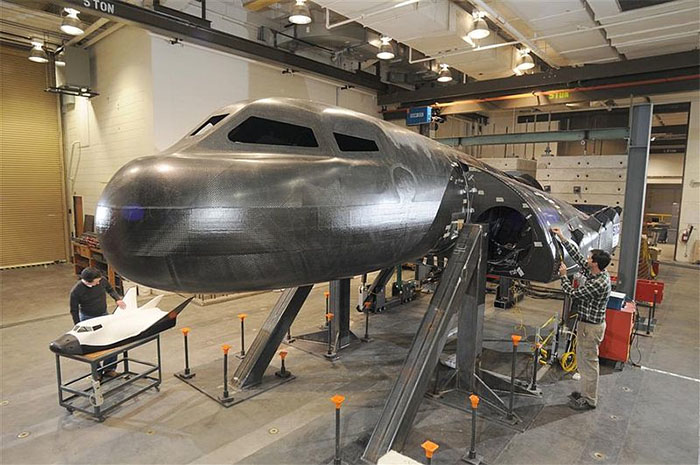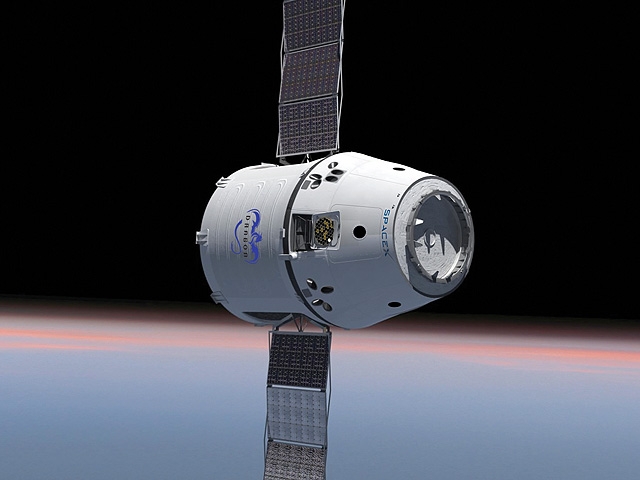Apollo 11 astronaut Buzz Aldrin joined AXE, a personal-grooming brand of Unilever, to announce one of the largest spaceflight contests ever. The Apollo Space Sweepstakes, also known as the AXE Apollo Space Academy, is a worldwide contest that will select 22 citizen astronauts to fly into space on the XCOR Lynx spacecraft.
“Space travel for everyone is the next frontier in the human experience,” said Aldrin, lunar-module pilot for the historic Apollo 11 mission. “I’m thrilled that AXE is giving the young people of today such an extraordinary opportunity to experience some of what I’ve encountered in space.”
[vimeo 57152173 w=700]
AXE, which is known as LYNX in some parts of the world, secured 22 seats aboard the namesake spacecraft through Space Expedition Corporation.
AXE global vice president Tomas Marcenaro said, “The AXE Apollo launch is the biggest and most ambitious in the AXE brand’s 30 year history. For the first time, we’re simultaneously launching one global competition in over 60 countries offering millions of people the opportunity to win the most epic prize on earth: a trip to space Yes, actual space.”
“There’s no bigger hero than an astronaut,” AXE said, “so AXE is giving fans a chance to experience an adventure unlike any other.”
Astronaut candidates can sign up between now and February 3 at AXEApollo.com. Contest rules and terms vary from country to country.


